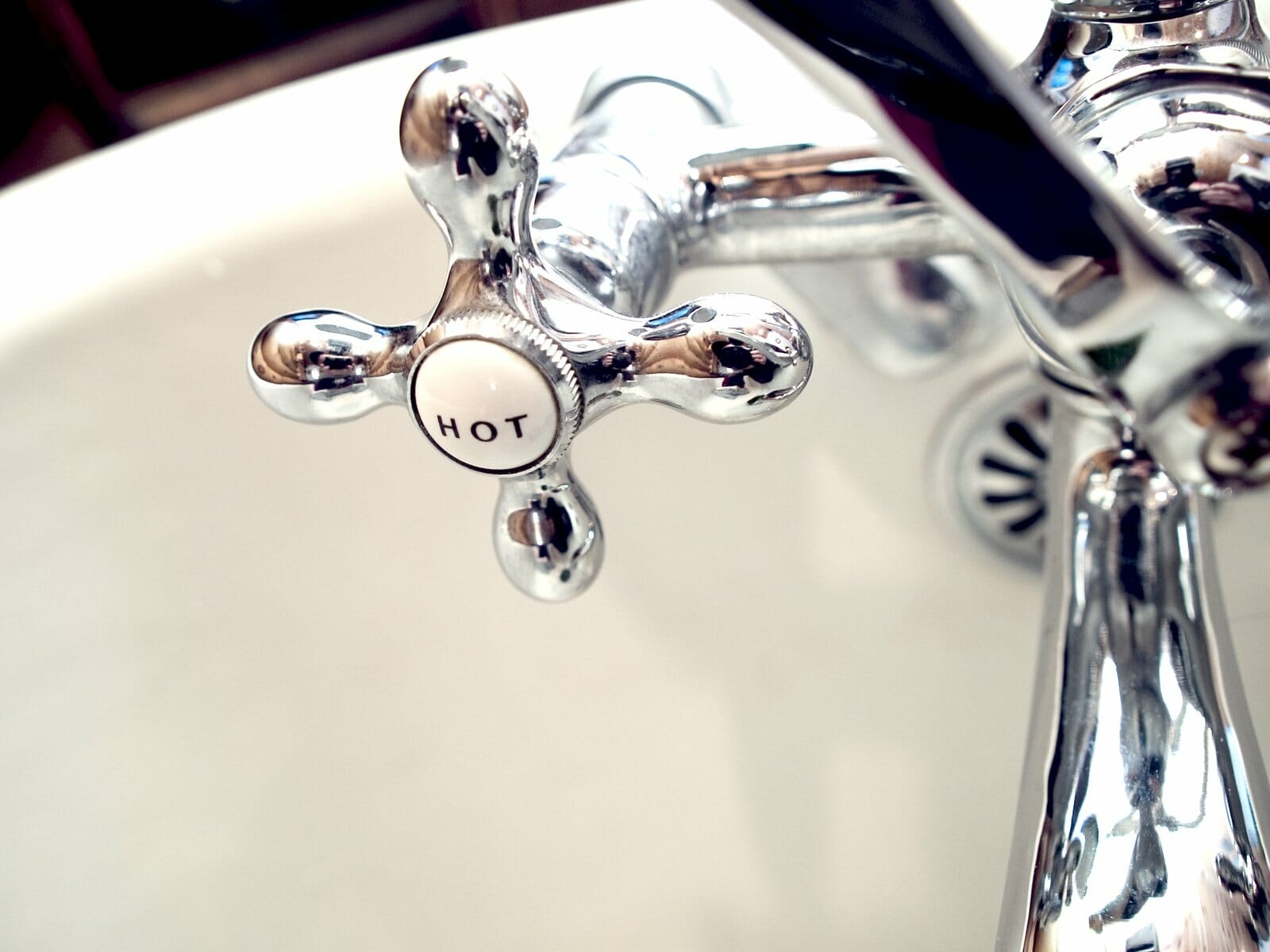Slowly running
hot water is a common issue in many homes. If the problem is localized to one fixture or faucet, it is likely to be a problem with a blockage in the hot water supply line that is affecting the water pressure. Unfortunately, there are other reasons why your hot water may be running slowly, and the most obvious is sediment accumulation inside your water heater.
Why Sediment Accumulation Occurs:
You may wonder where this elusive sediment comes from and how it can affect your water pressure. The most likely culprit is your water supply. When your water contains loose minerals, these particles will usually sink and settle throughout your home. Sediment can accumulate in pipes, but it is more likely that it will settle inside appliances including the tank of your water heater.
Sediment accumulation may appear like a minor inconvenience, but it can cause some serious water pressure issues. Most water heaters have cold water supply and hot water outlet pipes inside the tank. When sediment accumulates, it can reach a point where it will plug up these pipes, compromising water flow and pressure. If your geographical area is prone to water supplies with a high mineral content, you need to be aware of the possibility that sediment may be accumulating inside your water heater.
Correcting the Problem:
If you have sediment accumulation inside your water heater, you are going to need help from a
professional plumber. The tank will need to be “flushed” in order to correct the problem. Flushing involves draining, cleaning out and refilling the tank of your water heater. This allows the sediment to be completely cleared from the tank to restore hot water pressure. The entire flushing process is usually completed quite quickly. Depending on the size of your tank, it can be drained in a matter of minutes, leaving time to inspect and clean the tank within a standard appointment slot. A good plumber will also check the tank for any signs of damage or wear, which can be addressed before the tank is refilled.
Preventative Maintenance:
If your water supply does have a high mineral content or you have experienced problems with sediment in your water heater, it is a good idea to invest in a little preventative maintenance. You don’t need to wait for your water pressure to be compromised before having your tank flushed. If you schedule an appointment to have your water heater flushed each year, you can not only prevent a loss of hot water pressure, but you could also lower your energy bills. Additionally, this type of preventative maintenance could also extend the lifespan of your appliance. It will help to prevent the unit from deterioration and eventually causing a burst.
You can include flushing as part of your annual servicing and maintenance schedule. During the appointment, your plumber can also thoroughly inspect your equipment including checking the heating elements and anode rod to reduce the risk of a breakdown when your water heater is needed most.
By Giovanni Longo President Flood Brothers Plumbing
Giovanni Longo is a 3rd generation master plumber who has been practicing his craft and trade in the greater Los Angeles area for well over a decade and a half. A plumbing and hydraulics-engineering innovator, Giovanni’s particular world-class expertise focuses on dealing with challenging sewer system designs as well as resolving complex commercial and residential draining issues. As a certified Flood Mitigation expert, he is also well versed in a wide variety of water damage and remediation solutions.





